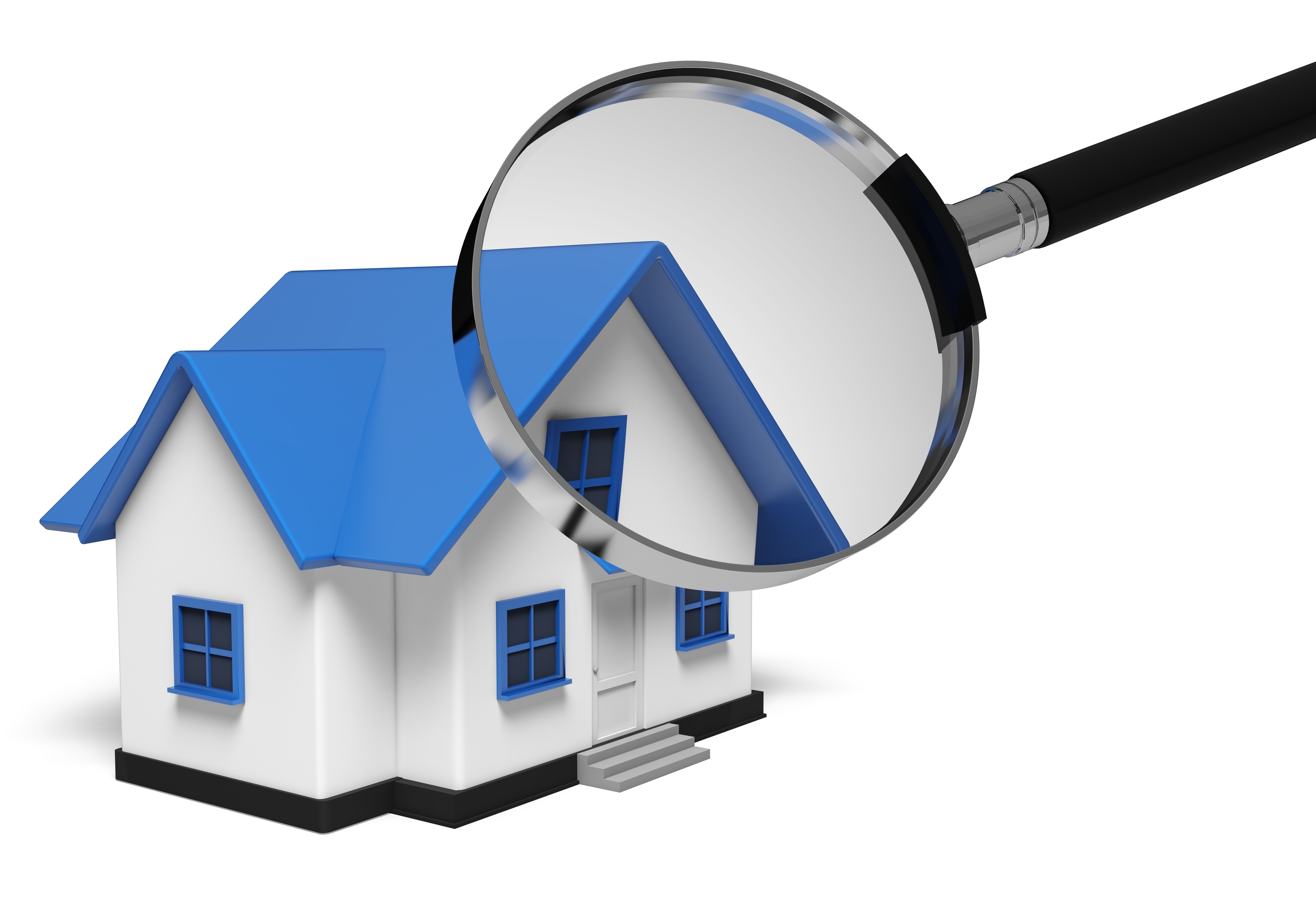
What Are the Parts of an Appraisal?Buying a home can be the most serious transaction many people could ever make. Whether it's a primary residence, an additional vacation property or a rental fixer upper, the purchase of real property is a complex financial transaction that requires multiple people working in concert to see it through. You're probably familiar with the parties taking part in the transaction. The most recognizable entity in the transaction is the real estate agent. Then, the lender provides the financial capital necessary to bankroll the transaction. The title company ensures that all areas of the exchange are completed and that the title is clear to transfer from the seller to the buyer. So, who makes sure the value of the real estate is consistent with the purchase price? This is where the appraiser comes in. We provide an unbiased estimate of what a buyer could expect to pay — or a seller receive — for a property, where both buyer and seller are informed parties. A licensed, certified, professional appraiser from Solidifi - FOR TESTING ONLY will ensure, you as an interested party, are informed. Appraisals start with the home inspectionOur first duty at Solidifi - FOR TESTING ONLY is to inspect the property to ascertain its true status. We must actually view aspects of the property, such as the number of bedrooms and bathrooms, the location, amenities, etc., to ensure they really exist and are in the shape a reasonable person would expect them to be. To make sure the stated square footage has not been misrepresented and document the layout of the home, the inspection often requires creating a sketch of the floorplan. Most importantly, we look for any obvious amenities - or defects - that would have an impact on the value of the property. Back at the office, an appraiser uses two or three approaches to determining the value of real property: a sales comparison, a replacement cost calculation, and an income approach when rental properties are prevalent. 
Cost ApproachHere, the appraiser analyzes information on local building costs, the cost of labor and other elements to derive how much it would cost to replace the property being appraised. This value commonly sets the upper limit on what a property would sell for. The cost approach is also the least used method. 
Paired Sales AnalysisAppraisers can tell you a lot about the communities in which they appraise. They thoroughly understand the value of specific features to the people of that area. Then, the appraiser looks up recent transactions in close proximity to the subject and finds properties which are 'comparable' to the subject in question. By assigning a dollar value to certain items such as upgraded appliances, additional bathrooms, additional living area, quality of construction, lot size, we adjust the comparable properties so that they are more accurately in line with the features of subject.
After all differences have been accounted for, the appraiser reconciles the adjusted sales prices of all the comps and then derives an opinion of what the subject could sell for. When it comes to associating a value with features of homes in Buffalo and Erie, Solidifi - FOR TESTING ONLY can't be beat. This approach to value is commonly given the most importance when an appraisal is for a home purchase. Valuation Using the Income ApproachIn the case of income producing properties - rental houses for example - the appraiser may use an additional method of valuing a house. In this situation, the amount of income the property generates is taken into consideration along with other rents in the area for comparable properties to give an indicator of the current value. The Bottom LineCombining information from all applicable approaches, the appraiser is then ready to stipulate an estimated market value for the property in question. The estimate of value on the appraisal report is not always what's being paid for the property even though it is likely the best indication of what a property is worth. It's not uncommon for prices to be driven up or down by extenuating circumstances like the motivation or urgency of a seller or 'bidding wars'. But the appraised value is often employed as a guideline for lenders who don't want to loan a buyer more money than they could get back in case they had to put the property on the market again. The bottom line is, an appraiser from Solidifi - FOR TESTING ONLY will help you attain the most accurate property value, so you can make profitable real estate decisions. |